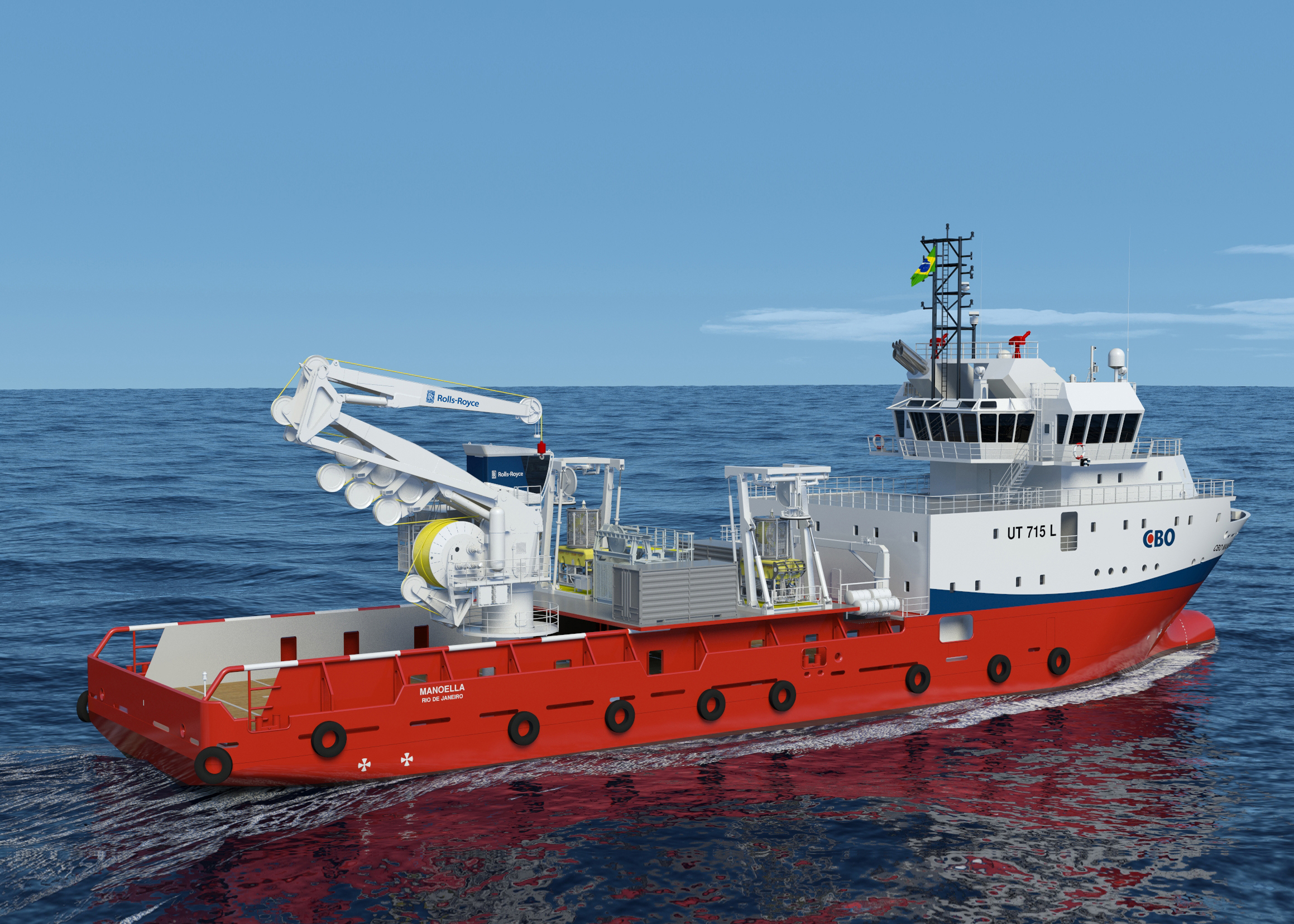
The US National Transportation Safety Board (NTSB) has determined the probable cause of the engine room fire on the Carnival Liberty as improperly tightened bolts on a fuel inlet flange.
On the morning of September 7, 2015, the Liberty was alongside at the Charlotte Amalie cruise terminal on St. Thomas, US Virgin Islands. At 1133 hours, fuel pressure alarms and fire alarms went off for the Liberty’s #4 diesel generator, located in the aft engine room. The third engineer activated the space’s HI-FOG fire suppression system within one minute of the alarm, and the second engineer switched the ship’s electrical load over to the #2 generator, which is located in the ship’s forward engine room. Shortly thereafter, the chief engineer arrived at the control room and authorized the closure of fuel and lube oil shutoff valves for generators #4-6. By 1137, the engineering team had also closed off fans and dampers to the aft compartment.










